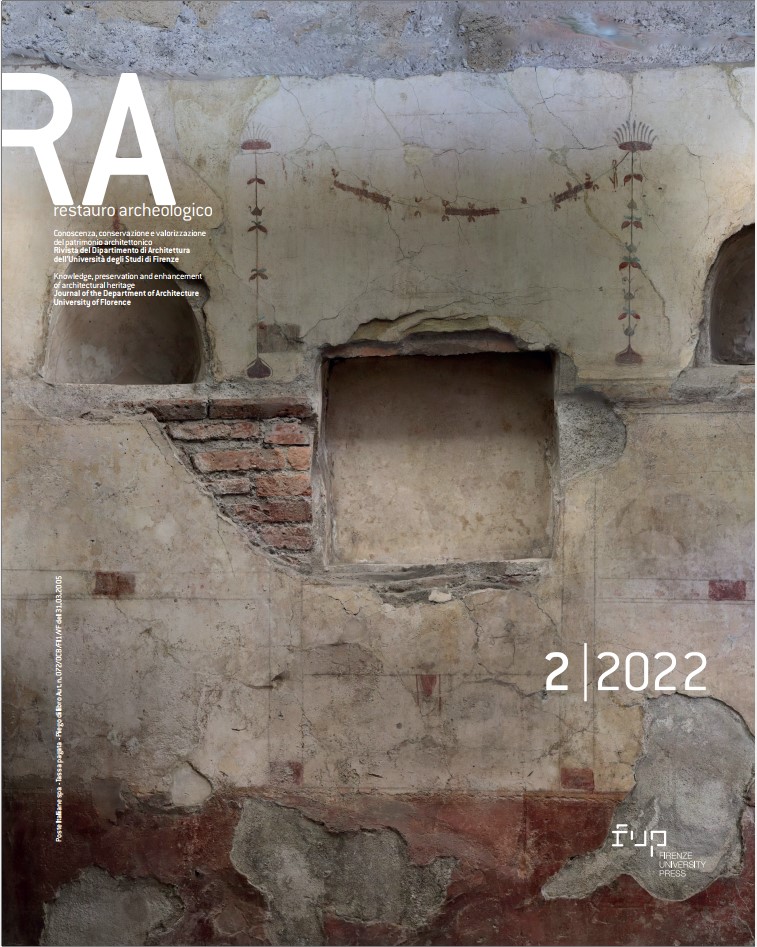Published 2023-07-24
Keywords
- Disaster Risk Management,
- risk monitoring,
- Sustainability,
- earthquake-responsive construction,
- wood building techniques
How to Cite
Copyright (c) 2023 Laura Pecchioli, Yulianto Purwono Prihatmaji

This work is licensed under a Creative Commons Attribution 4.0 International License.
Abstract
Cultural Heritage can play a crucial role in fostering resilience by reducing vulnerabilities and providing precious assets for an affected region’s sustainable social and economic development during its recovery phase by attracting investment, creating employment, or providing renewable natural resources. Disaster Risk Management (DRM) strategies allow a systematic approach to identify, assess, and reduce disaster risks decreasing socioeconomic vulnerability. Extensive consultations with the different institutions involved in preserving and disseminating information often contribute to design mitigation measures that align the understanding of various risks among stakeholders and communities, particularly in risk monitoring and emergency response. This article shows a peculiar and exemplary context as that of Indonesia. We want to show that Indonesian wood, constructed following the vernacular tradition, is a source to reduce the risks in that framework. A brief introduction shows how disaster management in Indonesia’s plan is essential to protect the community and its tangible and intangible cultural heritage.

